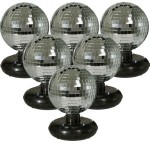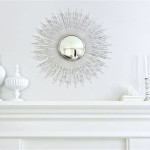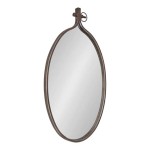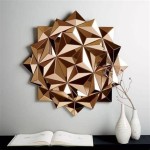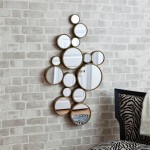Why Is The Image Formed On A Plane Mirror Laterally Inverted?
The phenomenon of lateral inversion in plane mirrors often causes confusion. While the image appears "flipped" horizontally, the physics behind this occurrence is more nuanced than a simple reversal. It involves the way light interacts with the mirror's surface and how our brains interpret the resulting image.
A plane mirror is a flat, reflective surface. When light rays from an object strike this surface, they are reflected according to the law of reflection: the angle of incidence (the angle between the incoming light ray and the normal, an imaginary line perpendicular to the mirror's surface) equals the angle of reflection (the angle between the reflected light ray and the normal). This principle governs the formation of the image.
To understand lateral inversion, consider a point object placed in front of a mirror. Light rays emanating from this point strike various parts of the mirror's surface and are reflected. If these reflected rays are traced back (virtually extended behind the mirror), they appear to converge at a point behind the mirror. This point is the location of the image of the point object. The image is virtual because light rays do not actually converge at this point; they only appear to do so from the observer's perspective.
Now, consider a three-dimensional object, like a person's hand, placed in front of the mirror. Each point on the hand acts as a point source of light, emitting rays in all directions. The mirror reflects these rays, and the reflected rays create a virtual image behind the mirror. The image is located the same distance behind the mirror as the object is in front of it.
Crucially, the image is not flipped top-to-bottom or front-to-back. The perceived "flipping" is a left-right reversal, specifically known as lateral inversion. Imagine raising your right hand in front of a mirror. The image appears to raise its left hand. This happens because the mirror reflects the light rays coming from your right hand such that they appear to originate from the left side of the virtual image.
A helpful way to visualize this is to consider the x, y, and z axes in three-dimensional space. Place the mirror on the y-z plane. The x-axis represents the front-to-back direction. When you look into the mirror, the y (vertical) and z (horizontal) coordinates of the image remain the same as the object. However, the x-coordinate is reversed. This x-axis reversal corresponds to the apparent left-right flip, resulting in the lateral inversion.
The concept of parity helps further clarify this effect. Parity refers to the behavior of a system under spatial inversion, essentially mirroring along all three axes. In a plane mirror, parity is conserved in the y and z directions but is violated in the x direction. This single-axis inversion leads to the perception of lateral inversion while preserving the vertical and horizontal orientations.
Another important aspect of the image formed by a plane mirror is that it is enantiomorphic to the object. Enantiomorphs are non-superimposable mirror images, like a left and a right hand. While they appear similar, they cannot be perfectly aligned regardless of how they are rotated or translated. This property highlights the fundamental characteristic of lateral inversion.
The perceived lateral inversion is not an inherent property of the mirror itself but rather a product of how our brains interpret the visual information. Our brains are accustomed to seeing objects from a specific perspective. When we see our reflection, we instinctively attempt to align it with our internalized image of ourselves. This mental rotation, combined with the x-axis inversion caused by the mirror's reflection, creates the illusion of a left-right flip.
In essence, the lateral inversion observed in plane mirrors is a consequence of the law of reflection and its effect on the perceived spatial orientation of the reflected image. It is not a true flipping but rather a reversal along a single axis (the x-axis) combined with our brain's interpretation of the visual scene.

Reflection Of Light In A Mirror Lateral Inversion Physics

Laterally Inverted

The Image Formed By A Plane Mirror Is Always Laterally Inverted Trueb False

Laterally Inverted Convex Mirror

Laterally Inverted

Reflection Of Light In A Mirror Lateral Inversion Physics
What Is The Physics Behind Lateral Inversion In An Image Quora

Laterally Inverted
How Can We Show Lateral Inversion By A Plane Mirror Ray Diagram Quora

What Is Lateral Inversion Definition Examples Science Importance Edar


